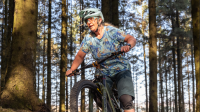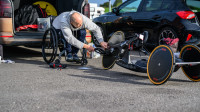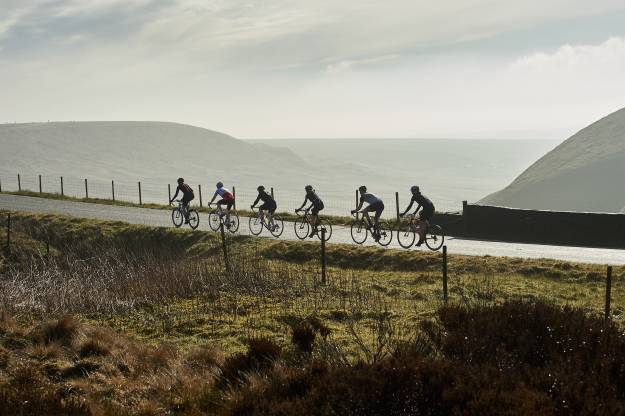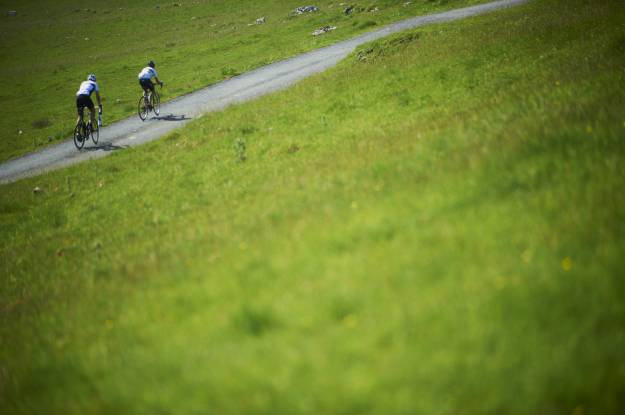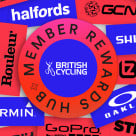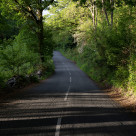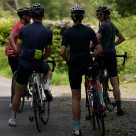Even if the start of the season is delayed, cyclo-cross could well be your first opportunity to pin a number on, ride competitively and make the most of those lockdown fitness gains. Even if you’ve never raced before, cyclo-cross is the ideal discipline to dip your toe into cycle sport with.
Why cyclo-cross?
Cyclo-cross is also one of the most accessible forms of cycle sport, with racing for all levels and the whole family taking place during the course of a typical morning’s racing. Throughout the autumn and winter, it’s probably taking place in a park near you and is know for its inclusive and welcoming attitude. Because of the multi-lap format, even if you’re not at the sharp end of the field, you’ll find your own races within the race, battling with riders of similar ability and against the challenges of the course.
What is cyclo-cross?
Cyclo-cross takes place in off-road venues such as public parks and other open spaces. Surfaces can include grass, mud, gravel and sand. Courses are short and winding (1-3km in length), enabling multiple laps to be completed within a set time (30-60 minutes depending on age and ability). Courses often feature obstacles such as hurdles and sand pits, forcing riders to dismount and carry or run with their bikes. Some courses are more ‘technical’ than others, featuring tight single-track trails, tree roots and other obstacles.
To get a feel for what cyclo-cross involves, watch our A day in the life of: a cyclo-cross racer video.
Do I need a new bike?
Although we’d never try to dissuade you from the pleasure of buying a new bike, if you already own a mountain bike, most local events will allow you to race on it and this’ll allow you to get a feel for the sport.
If conditions are dry and the course isn’t too technical, you could even probably get away with using your road bike if you can squeeze some 28mm+ tyres in.
You’ll probably be bitten hard by the cyclo-cross bug though and want to upgrade to a dedicated cyclo-cross bike after a few races. A cyclo-cross bike is quite a specialised piece of kit though so, if you’ll be wanting to also use it on the road and for longer off-road rides, a gravel bike is a versatile option.
Any other kit?
If you already ride on the road, you’ll be able to use most of your clothing and kit for cyclo-cross but there are a few items, such as shoes and pedals, that, unless you also ride MTB or gravel, you might need to buy.
Clothing and kit for cyclo-cross
Am I fit enough?
With cyclo-cross races typically lasting 30-60 minutes depending on age and level, you don’t need huge amounts of endurance. If you’ve ridden fairly regularly throughout the summer, you’ll be fine and will build specific fitness with each race you do.
If you want to be a bit more prepared and maybe even competitive, following our 8-Week Cyclo-cross Training Plan would be an ideal way to prepare for the cyclo-cross season. To follow this plan, you should be capable of completing a 60-mile (100 km) ride or most weeks ride three times, including a ride of two hours or more.
You can also watch our How to train for a cyclo-cross race video.
What about bike handling?
Possibly even more so than fitness, technique and skill are the hallmarks of good cyclo-cross riders. In our 8-Week Cyclo-cross Training Plan there are regular sessions dedicated to key skills but, even if you’re not following the plan, heading down to your local park and practicing some skills is a good idea.
Check out our videos of cyclo-cross skills:
How to carry and shoulder your cyclo-cross bike
How to ride different cyclo-cross terrains
How to dismount and remount your cyclo-cross bike
How to bunny hop your cyclo-cross bike
Any tips for race day?
Follow our cyclo-cross nutritional timeline to ensure you’re properly fuelled and hydrated.
Arrive with plenty of time to allow yourself some practice laps and a decent warm-up. Be prepared for a fast start but try to settle into your own pace and rhythm. Especially in muddy conditions, stay calm, relaxed and don’t take things too seriously. Sliding about and having the odd tumble is all part of the fun. If you get frustrated, you’ll only make things worse.
Do I need a race license?
For most regional races you don’t have to be a British Cycling member but you will be required to purchase a British Cycling day membership for £3 at every race if you are a Senior, Veteran, Junior or Woman on top of the entry fee.
If you’re going to be racing regularly, it makes sense to get a Bronze Race Membership with which you get a provisional license which will get you into most races.
How do I find out about events?
Currently, as of the beginning of June, regional racing is suspended until the 1st August with this being reviewed on a fortnightly basis and with four weeks’ notice of any extension or curtailment of the suspension being given.
British Cycling Updated Coronavirus/Covid-19 Guidance
As the cyclo-cross season doesn’t traditionally start until September, even if delayed, we’re hoping there will be some cyclo-cross racing in 2020/21.
Once racing does recommence, check out the British Cycling Events Calendar.


